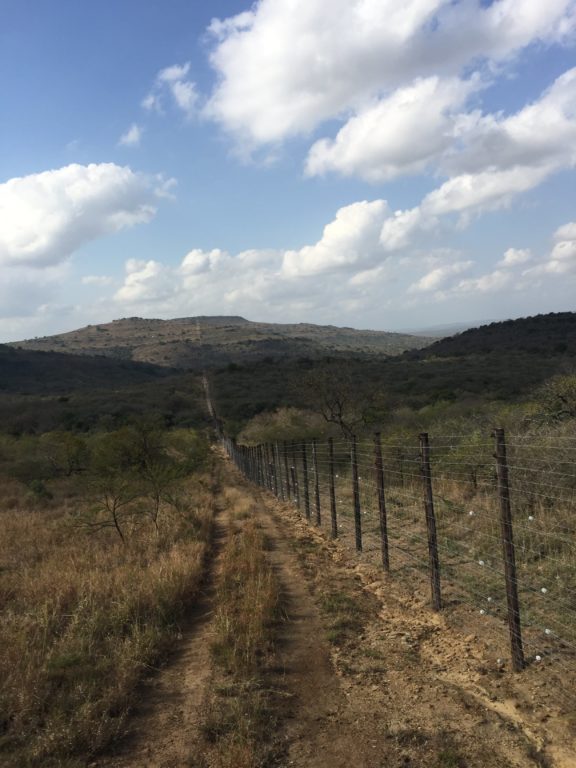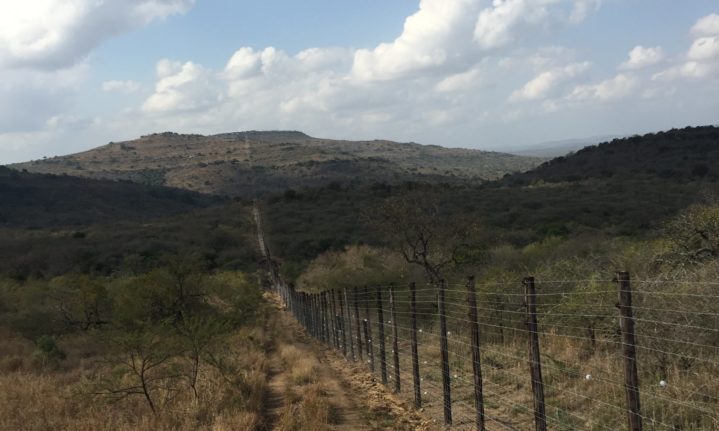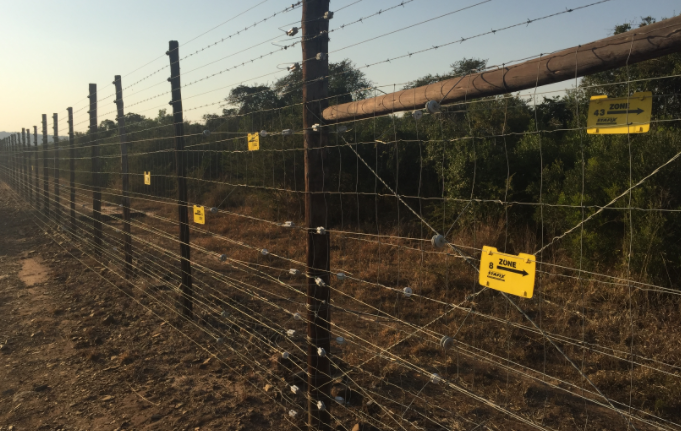Hluhluwe-iMfolozi Park (HiP) situated in KwaZulu-Natal, is often referred to as the ‘birthplace of rhino’ as it was this area where the southern white rhino was saved from the brink of extinction, over half a century ago.
Now, under threat again from poaching, the park has adopted technology to protect the species and ensure this crucial population is conserved into the future.
This park is home to the largest population of rhino outside of the Kruger National Park and is managed by the Provincial Conservation Authority, Ezemvelo KZN Wildlife. Unfortunately, as poaching pressure has escalated over the years, the poaching levels in HiP are currently unsustainable.

Through lessons learnt on the ground, both within Ezemvelo parks as well as others across the country and continent, various proactive tactics have been identified that outline a strategy to focus limited resources. Guiding this strategy is the implementation of intensive protection zones within the network of parks to more efficiently patrol critical hotspots and protect core rhino populations within the expansive public conservation space that Ezemvelo is responsible for. HiP is unique in that it has a large wilderness area which is extremely remote with no management tracks, making patrols difficult.
One element of Ezemvelo’s strategy is to increase the use of technology to enable early detection and response, placing Ezemvelo field staff one step ahead of poachers, ensuring effective and rapid mobilisation of antipoaching teams as well as keeping field staff safer. It is under this strategy that Ezemvelo has identified the establishment of a ‘Smart Park’ as a key programme to combat poaching in HiP.
The Detection Fence
Wildlife ACT and Ezemvelo, with support from key donors Global Conservation and WCN, have partnered to construct a fence, fitted with the latest technology, that detects any incursions or interference along its length. Any attempt made by poachers to enter the park triggers an alert which is automatically sent to Ezemvelo’s control centre. A rapid response team can therefore mobilise without delay, responding to poaching groups before a Rhino is killed. This allows efficient use of resources, placing Ezemvelo’s anti-poaching staff one step ahead of rhino poachers, while helping to protect the human capital at the frontlines of the battle against rhino poaching.

‘The fence has electrics both inside and outside its length and any tampering or cutting of the fence sends us an immediate message, pinpointing the location of the tamper. Two sections of fence have been upgraded to date and we have already seen a shift in Rhino poaching activity away from both areas to sites where there is no Detection Fence,’ said Dennis Kelly, Section Ranger, Makhamisa.
The fence is being upgraded in phases, with specific sections focused on because of their poaching threat and conservation need. This phased approach is carefully planned to ensure maximum impact, but also to channel poaching effort towards areas where other resources can be deployed more easily. This work integrates into several other initiatives being carried out by park management such as the Canine unit and wildlife monitoring. This full integration ensures that poaching incidents can be reduced, and the possibility of poacher apprehension is increased.
‘With shrinking budgets for conservation efforts, and already limited resources being shifted to address other needs during the Covid 19 Pandemic, it is extremely valuable to use technology to make existing operations more efficient. Wildlife ACT is proud to be working with Ezemvelo KZN Wildlife on this ground breaking initiative in the province, helping to proactively protect not only these key Rhino populations, but also support the field teams in their work,’ said Mark Gerrard, Managing Director Wildlife ACT.
Images: Casey Pratt/Love Africa Marketing
Featured Image: Getaway Gallery

















